Avi Loeb Strikes Again
Mark Honeychurch - 13th October 2025
In the last few months NASA has announced the detection of a third extrasolar object, named ATLAS, on its way through the solar system - following Oumuamua (in 2017) and Borisov (in 2019). We’ve only been detecting these objects that aren’t gravitationally bound to our sun - visitors that fly through our solar system and then continue on their way, never to return - for the past decade or so, and there’s good reason for this. Several projects have been created recently that attempt to detect objects that have the potential to collide with earth, such as Pan-STARRS (the Panoramic Survey Telescope And Rapid Response System) and ATLAS (the Asteroid Terrestrial-impact Last Alert System). These two projects found Oumuamua and Comet Atlas respectively, whereas the other extrasolar object, Comet Borisov, was discovered by amateur astronomer Gennadiy Borisov (an awesome guy who spotted it using one of the many telescopes he has designed and built himself and operates at his personal observatory).
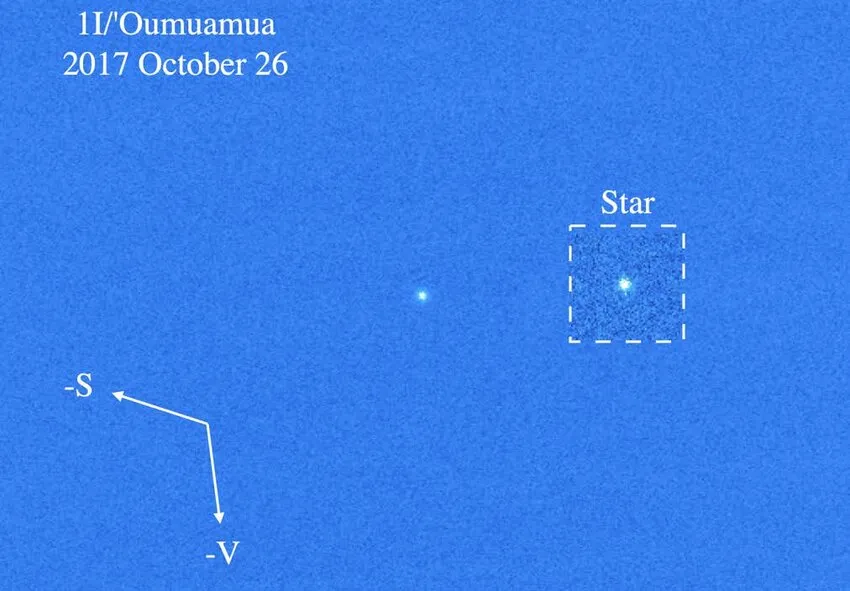
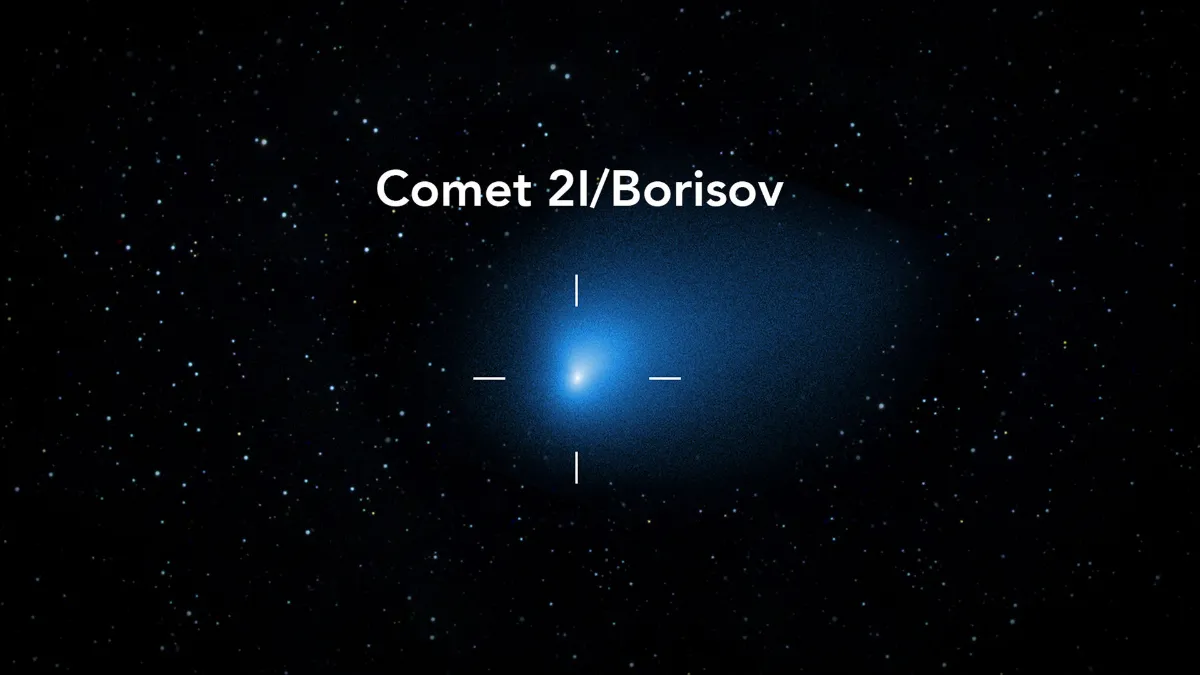
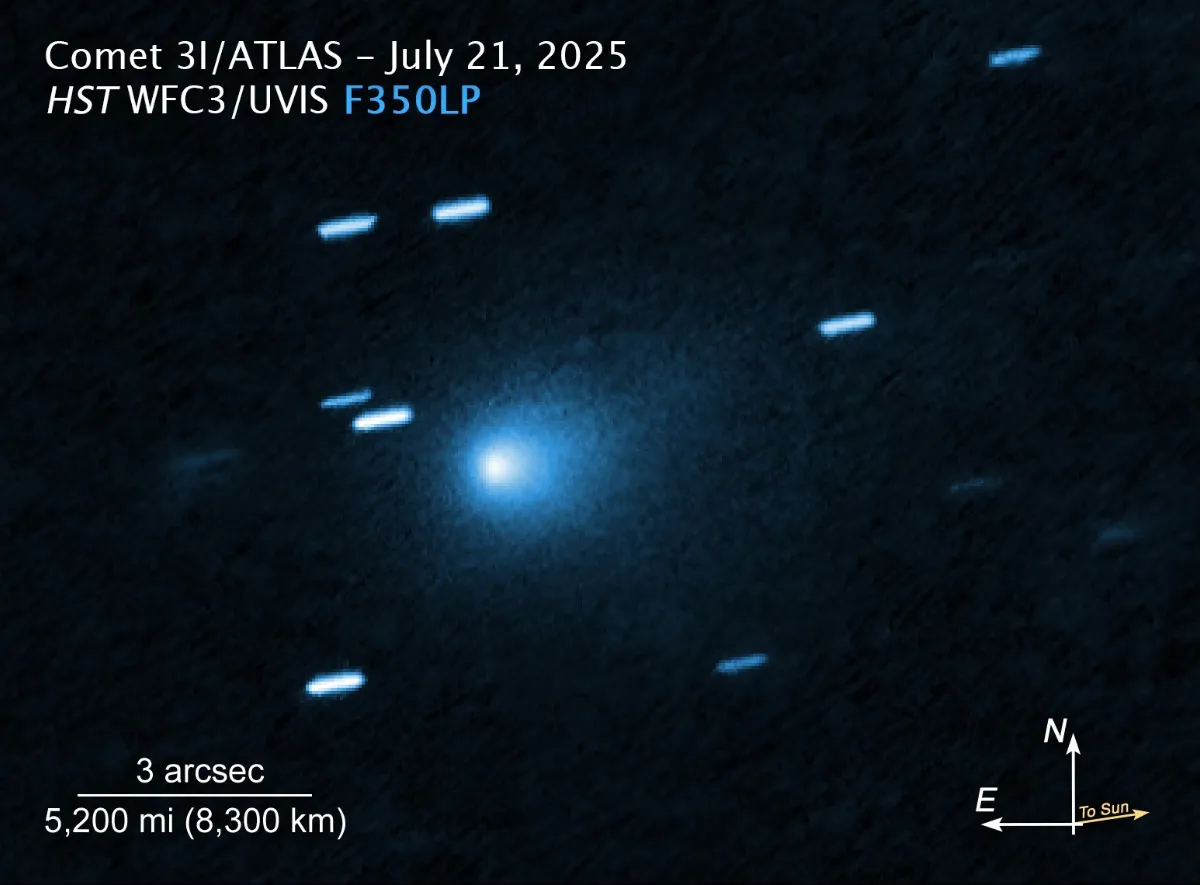
When I learned about this story, it was via a news item from the Economic Times headlined “Interstellar comet 3I/ATLAS could be alien technology zooming through solar system?”. Having looked into similar claims around the two previous extrasolar objects, I had a strong suspicion of the name I was going to see when I scrolled down - Abraham (Avi) Loeb, from Harvard University. And sure enough, there in the third paragraph, was Avi’s name, along with some of his claims:
Avi Loeb has claimed that the interstellar comet 3I/ATLAS could even be an artifact of alien technology rather than a natural body because it weighs more than 33 billion tons and spans at least 3.1 miles across.

More details of Avi’s claims can be seen in the Abstract of a paper he authored in July:
In this paper we present additional analysis into the astrodynamics of 3I/ATLAS, and hypothesize that this object could be technological, and possibly hostile as would be expected from the ‘Dark Forest’ resolution to the ‘Fermi Paradox’. We show that 3I/ATLAS approaches surprisingly close to Venus, Mars and Jupiter, with a probability of ≲ 0.005%. Furthermore the low retrograde tilt of 3I/ATLAS’s orbital plane to the ecliptic offers various benefits to an Extra-terrestrial Intelligence (ETI), since it allows the object access to our planet with relative impunity. The eclipse by the Sun from Earth of 3I/ATLAS at perihelion, would allow it to conduct a clandestine reverse Solar Oberth Manoeuvre, an optimal high-thrust strategy for interstellar spacecraft to brake and stay bound to the Sun. An optimal intercept of Earth would entail an arrival in late November/early December of 2025
These words mirror the kinds of claims Avi has made about both Oumuamua and Borisov, as well as IM1 (a potentially extrasolar meteorite that landed in 2014). He likes to point to anomalies and claim that they are evidence that the objects are alien technology, which they are decidedly not. It’s also pretty common for him to go further, and try to infer intent - and in Avi’s mind, this intent is malicious. The aliens are coming for us, and they mean to harm us.
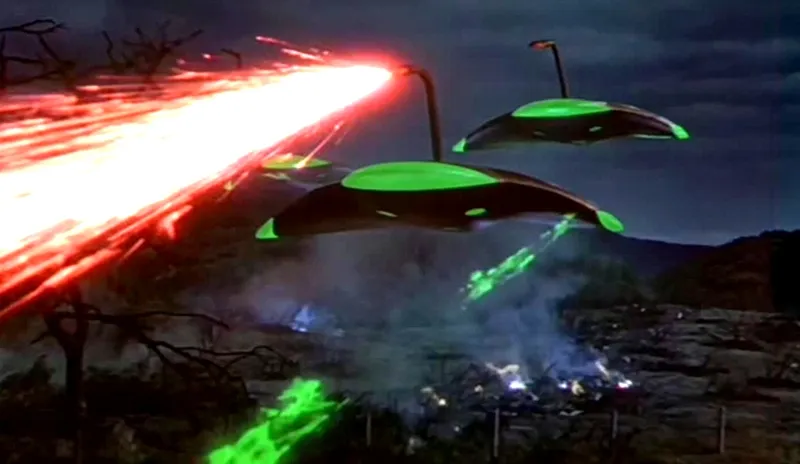
This formula seems to work for Avi, as the media come to him for comment whenever there’s an unusual astronomical discovery - presumably his salacious sound bites about extraterrestrial visitors are useful for getting more people to read an article. Despite being an outlier with the kinds of views that most scientists consider to be fringe, Avi has managed to stay in the limelight. His position at Harvard is also likely to boost his public profile, and make him appear to the media and public to be an expert whose opinions are worth listening to.
Avi has criticised other scientists for exclusively looking for naturalistic explanations for these extrasolar objects, in places like his Medium blog:
Thomas Kuhn’s book, titled “The Structure of Scientific Revolutions,” argues that science operates within paradigms encompassing comprehensive worldviews that define legitimate problems, methodologies, and solutions within the scientific community. These paradigms shape not only what questions scientists ask, but also what they can perceive as meaningful data. Contemporary astronomy operates under an implicit paradigm that systematically excludes non-naturalistic explanations of interstellar objects, creating a disciplinary worldview where all interstellar objects are assumed to result from natural processes. Astronomers interpret anomalous objects like 1I/
Oumuamua as puzzles that must be solved within this natural framework, not as potential evidence requiring paradigmatic revision. Future data from the new Rubin Observatory will test whether objects like 1I/Oumuamua, constitute messengers from afar that convey our next scientific revolution.
I can’t help but think that these other scientists are doing science properly, and that Avi is jumping the gun by making claims about alien technology while the search for natural explanations hasn’t been exhausted. In the case of Oumuamua, for example, Avi repeatedly claimed that different anomalous measurements were evidence of an intelligence being behind the object, and each time scientists tirelessly worked on the data until they had figured out what the most likely natural explanations were - and these explanations were always superior to Avi’s “I’m not saying it’s aliens… but it’s aliens” approach.
One of Avi’s recent accomplishments has been to found a new project at Harvard, the Galileo Project, whose mission is to “bring the search for extraterrestrial technological signatures… to the mainstream”. The group’s most high-profile case so far has been an attempt to recover parts of meteorite IM1 from the seabed. However, the entire effort sounds more like a media publicity stunt than real science.
For starters, the claim that IM1 is extrasolar is shaky, as it’s based on classified military data that doesn’t include the raw data that scientists need to validate it - and the error margins for the data are large enough that they don’t preclude a solar origin. Secondly, data from just a single seismic station was used to “triangulate” the landing coordinates of the meteorite. On top of this, the seismic event they were chasing apparently wasn’t from the meteorite, but instead was similar to many other recordings over the same time period that were eventually found to have been from a truck driving to and from a local hospital. Finally the recovery operation, which fished several sub-millimetre diameter metal spherules from the seabed using a magnetic dredge, appears to have found tiny metal balls that not only were unlikely to have come from the meteorite in the first place, but also had isotope ratios that suggest their origin is within our solar system. In reality, it seems that these pieces of alien metal are most likely industrial pollutants.
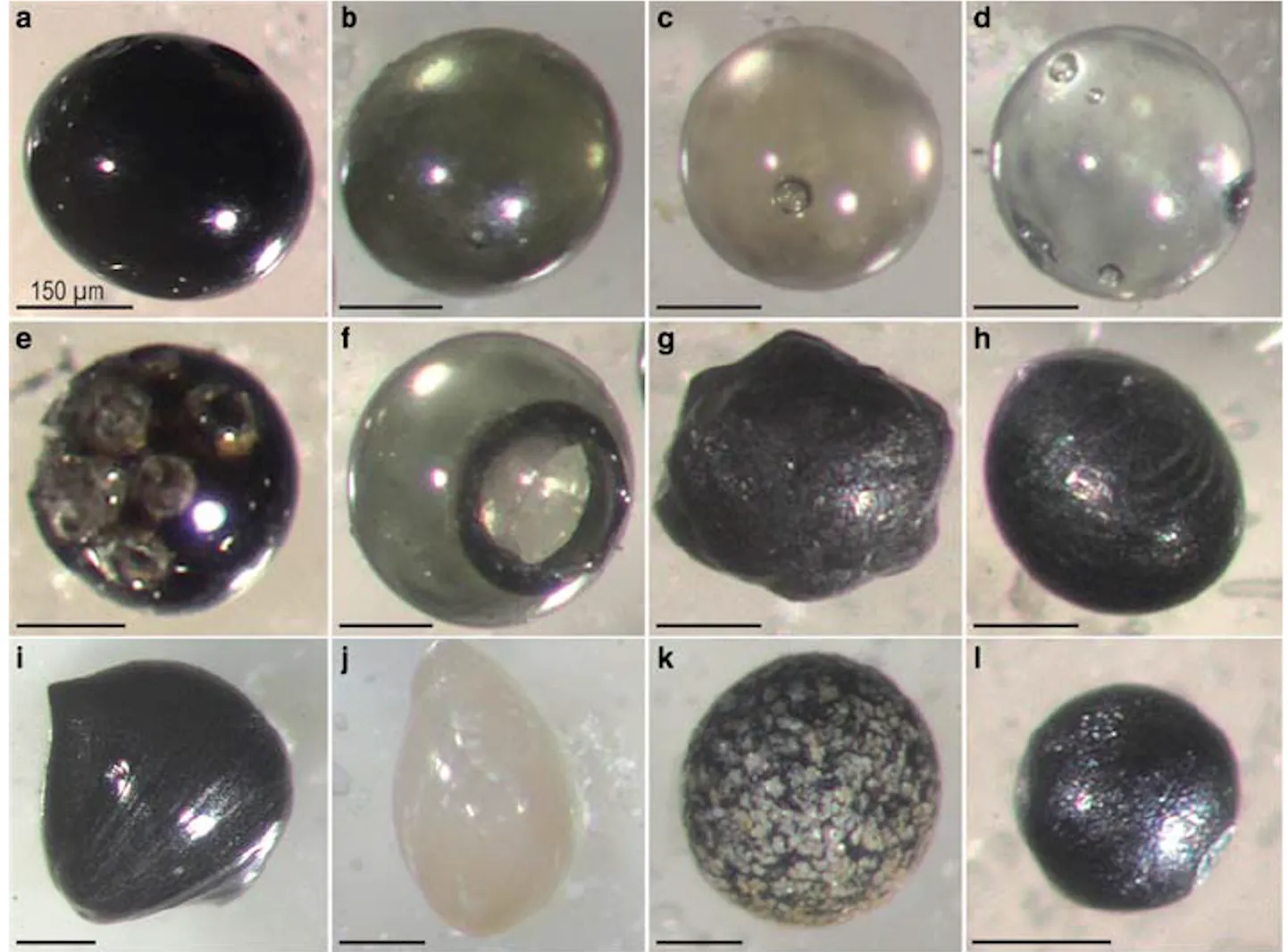
Thankfully, in this latest case with comet ATLAS, NASA has spoken out to reassure people that, despite the media’s love of scary headlines, the comet does not appear to be nefarious alien technology. Tom Statler, who is NASA’s chief scientist for solar system small bodies, managed to articulate this clearly by mentioning the word “comet” six times in his short response to The Guardian:
“It looks like a comet. It does comet things. It very, very strongly resembles, in just about every way, the comets that we know. It has some interesting properties that are a little bit different from our solar system comets, but it behaves like a comet. And so the evidence is overwhelmingly pointing to this object being a natural body. It’s a comet.”
I guess Avi Loeb’s views on astronomy are a bit like Intelligent Design Proponents’ views on biology - they’re wrong, but in somewhat subtle ways that are harder to counter than the unhinged ideas of out-and-out Creationists (who I suppose would be akin to Alien Abduction believers in this analogy). Similarly I imagine that, much like with biologists in the early 2000s, Avi’s peers in the astronomy community are probably pretty tired by now of having to counter his constant claims in the media that the aliens are coming.